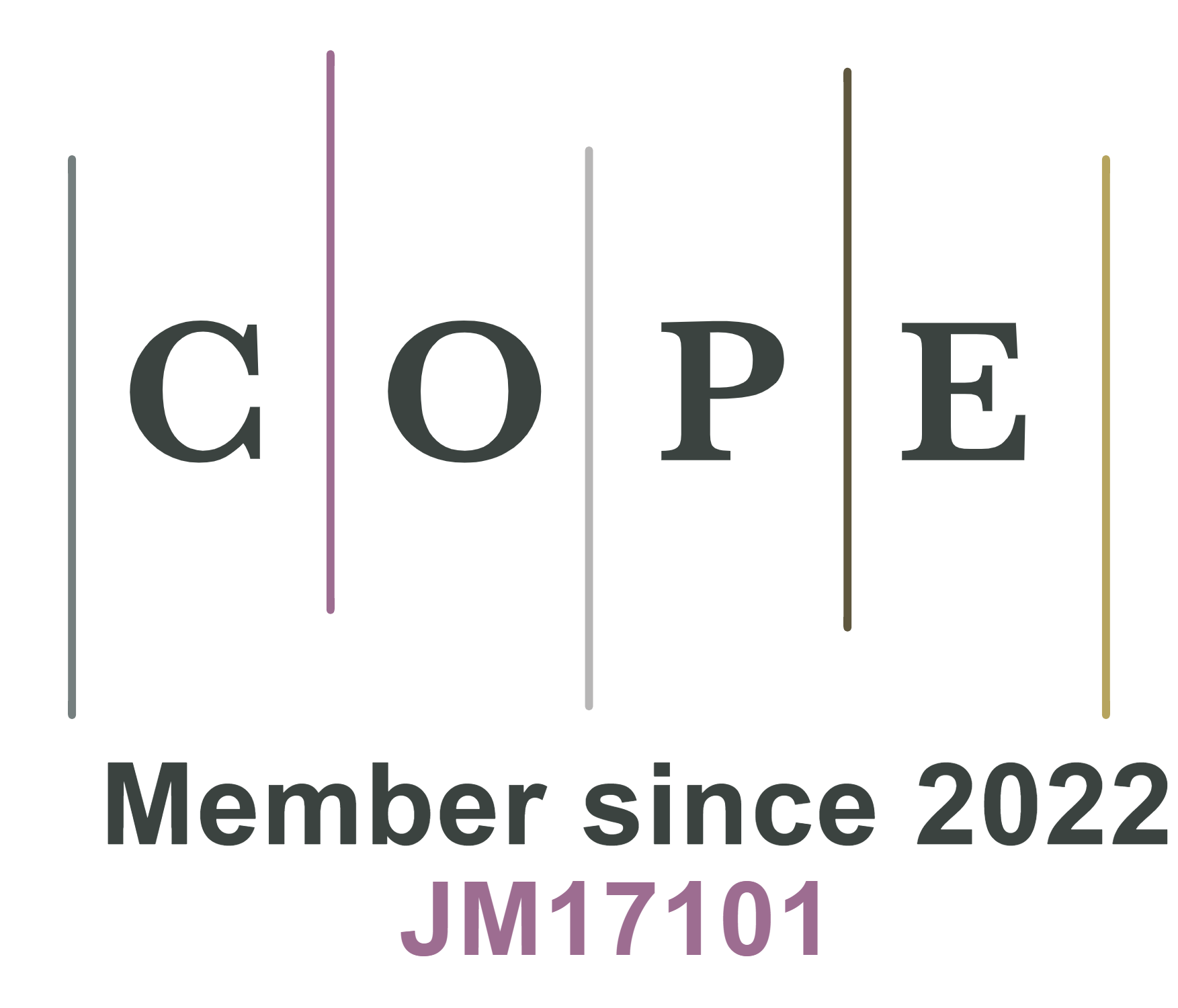Advanced proton exchange membranes for high-efficiency fuel cells: material innovations and durability optimization
Abstract
Proton exchange membranes (PEMs) are critical components that influence both the performance and potential of PEM fuel cells. Recent advancements in hybrid organic-inorganic and nanostructured fillers containing membranes have improved proton conductivity, chemical stability, and mechanical durability. The integration of advanced nanomaterials has enhanced dimensional stability and reduced fuel crossover, while emerging polymer chemistries offer superior electrochemical stability and conductivity. High-temperature PEMs have demonstrated excellent stability at elevated temperatures. System innovations, including optimized flow field designs, have further addressed mass transfer and water management challenges, enhancing overall fuel cell performance and longevity. Additionally, life cycle assessments and techno-economic analyses have provided insights into the environmental and economic impacts of PEM fabrication. While challenges remain in balancing performance, cost, and scalability, ongoing interdisciplinary research in material science and fuel cell engineering continues to drive improvements, supporting the broader adoption of fuel cells in sustainable energy systems.
Keywords
Energy, ion exchange membrane, membrane fabrication, nanocomposite
Cite This Article
Khoiruddin K, Nandar CSA, Kawi S, Lim TM, Wenten IG. Advanced proton exchange membranes for high-efficiency fuel cells: material innovations and durability optimization. Energy Mater 2025;5:[Accept]. http://dx.doi.org/10.20517/energymater.2025.62













